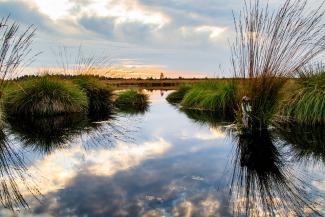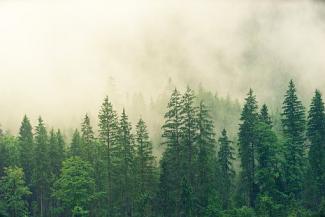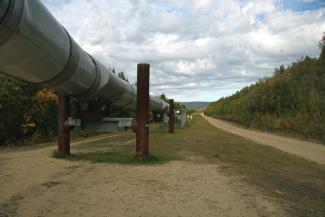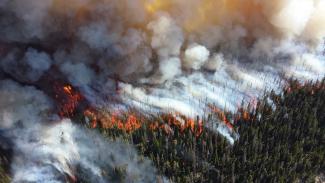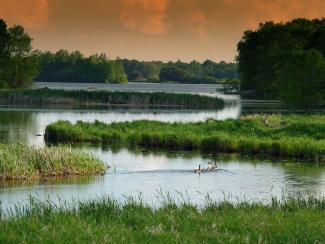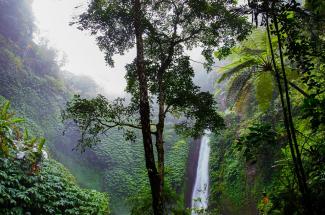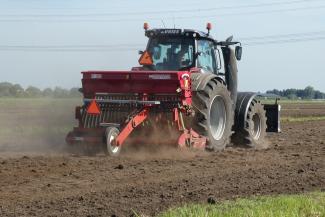Top Legal Scholars, Policymakers, and Practitioners to Discuss Innovative Law and Policy Proposals at the 12th Annual Environmental Law and Policy Annual Review Conference
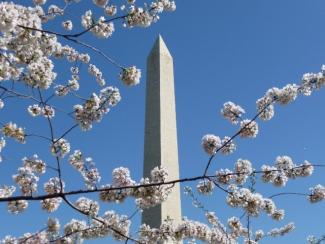
Interested in learning from leading scholars, policymakers, and practitioners about innovative policy proposals related to federal energy leasing, state preemption of local environmental initiatives, or free trade and enforcement of environmental laws? If so, you’ll want to attend the 12th annual Environmental Law and Policy Annual Review (ELPAR) conference on March 29, 2019, in Washington, D.C. The conference is free, and for those of you outside the D.C. area, it will also be available via webinar.
